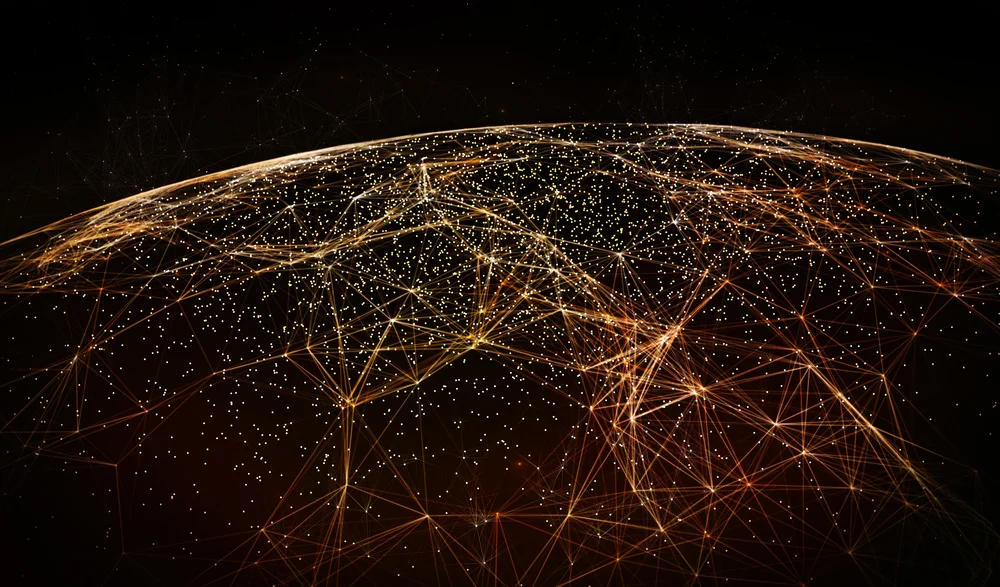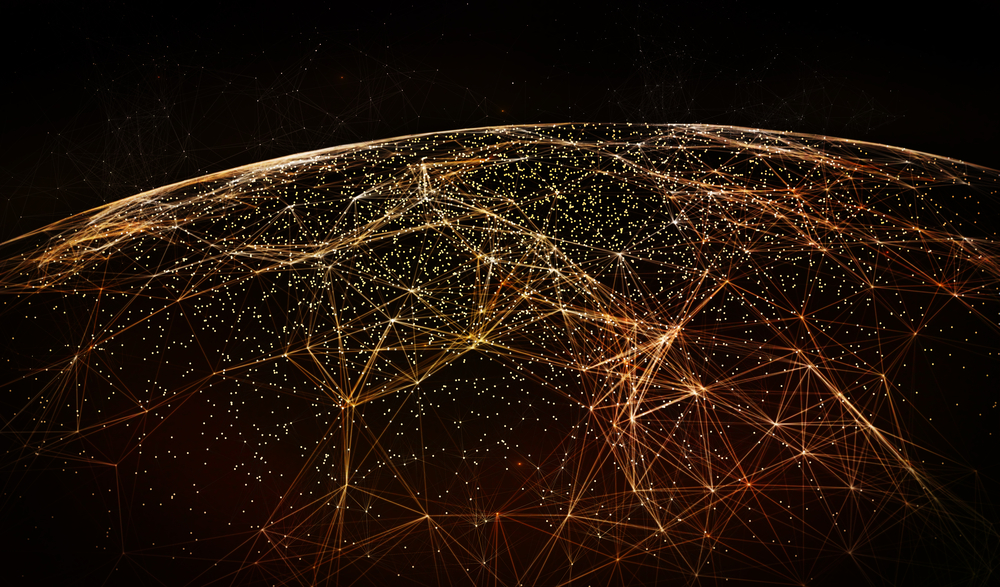
We discuss the following topics in this blog:
- Global data traffic is at an all-time high.
- Origin of Fibre Optics.
- Fibre is a must for serving both wired and wireless future networks.
- Delivering Convenience and Efficiencies: 3 Ways Fibre Changes the Game
In addition to these topics, we shall also be answering the following FAQs:
- What is WiFi?
- What is Open RAN?
Contents
IMAGINE THE BANDWIDTH!
Over the years global data traffic has significantly increased. The modern-day internet is no longer just about connectivity, but reliable connectivity with faster speed, lower latency, and higher bandwidth. Amid the recent COVID-19 pandemic, everyone is way more online than usual. Millions of people have switched to work and learn from home and video consumption (which amounts to 60% of the global data traffic) is at an all-time high, this is something our networks were never designed to handle. Critical services are being impacted, WiFi access points are facing congestion, FWA has limitations and interconnect points are burdened.
While we search for answers all around, the solution to this problem is a technology that has been with us from ages, the optical fibre tech.
Ever imagined how we came so far ?
The Past, The Present and The Future: Deep-dive into history to understand the science behind it.
When Did it All Start?
In ancient India (6th–5th century BC) first came the initial theories of light. It was said that the first building block is actually the “potential” for a building block, light being one of the five fundamental “subtle” elements (tanmatra). Fast-forward a little and it was the Romans (27th century BC) drawing glass into fibre.
Remember the story called “Through the Looking Glass”? Sure you do. (Alice’s adventures in wonderland). ”She looked at where everyone else had looked and saw something no one had ever seen before”. That’s what happened with fibre optics, people were making cloth from glass threads for years and now they were able to pass light through it. Although it still took them years to understand the real potential, until the late nineteenth century.
“I have heard articulate speech produced by sunlight. I have heard a ray of the sun laugh, cough and sing” – words of Alexander Grahambell. This was the birth of the idea of using light for communication but it still took another century to make his dream a reality.
Entering into an era of limitless capacities
In 1977 the first-ever optical communication networks came into action offering 45 Mbps. But soon this was not enough, technologies kept improving and speeds kept increasing. By early 1990, a remarkable thing happened, digital data could be sent through optical fibre getting us to 2.5Gbps capacity. From exploiting the concept of time followed by wavelength, phase, amplitude and then the polarization of optical signals, capacity increased manifolds. Today a single strand of fibre can carry an unimaginable 10Tbps, but soon the sustainability would be questioned again.
Are We at the Cusp of a Massive Data Revolution?
With the advent of future technologies, the world is at the cusp of a massive data revolution. The future internet depends heavily upon optical fibre tech. Possessing the potential to carry massive amounts of data at ultra-low latency and hypersonic speeds, fibre is a must for serving both wired and wireless future networks.
Over the years the optical fibre industry has seen a paradigm shift, from enabling connectivity across continents via undersea cable to a world where fibre is almost everywhere. Today we see fibre in mobile backhaul for connecting telecom towers, fibre to the home services, data centres and various other enterprise use cases.
Delivering Convenience and Efficiencies: 3 Ways Fibre Changes the Game
- Serving as a backbone for wireless technologies like 5G, WiFi and satellite.
Imagine downloading a 2-hour movie, 26 hours on 3G, 6 minutes on 4G and on 5G you’ll be ready to watch your movie in just over 3.5 secs. We will soon see technologies fuelled by 5G like self-driving cars, robotic surgeries, mixed reality, the Internet of Things, smart factories, drone delivery etc. play an important role in our everyday lives. But wait a minute, to enable 5G fibre is a must, all of this would be a dream without fibre.
2. Highway for Data
Most people think it’s all satellites and wireless, but they are wrong. All types of land-based traffic whether its Facebook, Phone Calls, Netflix, Emails whatever, most part is carried by submarine cables. Today, about 300 undersea fibre optic cables are responsible for 99% of international data traffic. From one continent to another it happens all in milliseconds. Recently, the Kingdom of Tonga in 2019 experienced a cell phone and internet crisis when one of their undersea cables was cut by an oil tanker. It took 13 days to resume services before it all became normal.
3. Cable Television, Telephone and High-speed broadband
As fibre possesses greater bandwidth, ultra-low latency and faster speed at all times, it has become the ideal choice for cable television and telephony. Also, high-speed fibre broadband has emerged as the most reliable, secure and fast way of delivering gigabit connectivity in densely populated areas, rural connectivity, long haul and military applications.
Conclusion
Our connections have never been virtual, they are physical and they are very much work in progress. Although we have seen ambitious projects like balloons in the sky, internet satellites in orbit, solar-powered planes to bring the internet over the sea, but until these become a reality, the fibre they are here to stay.
The need of the hour is to build a network that is responsive enough to handle any catastrophe, whether it is tackling a sudden surge in data traffic or providing mission-critical services. While the world is reducing streaming quality to keep the internet going, the ones with fibre are upscaling bandwidths and delivering the much needed.
For more such intriguing tech stories please visit us at www.stl.tech/blogs
FAQs
What is WiFi?
Put simply, WiFi is a technology that uses radio waves to create a wireless network through which devices like mobile phones, computers, printers, etc., connect to the internet. A wireless router is needed to establish a WiFi hotspot that people in its vicinity may use to access internet services. You’re sure to have encountered such a WiFi hotspot in houses, offices, restaurants, etc.
To get a little more technical, WiFi works by enabling a Wireless Local Area Network or WLAN that allows devices connected to it to exchange signals with the internet via a router. The frequencies of these signals are either 2.4 GHz or 5 GHz bandwidths. These frequencies are much higher than those transmitted to or by radios, mobile phones, and televisions since WiFi signals need to carry significantly higher amounts of data. The networking standards are variants of 802.11, of which there are several (802.11a, 802.11b, 801.11g, etc.).
What is Open RAN?
From a deployment standpoint, we have Non-Standalone Mode(NSA), Dynamic Spectrum Sharing(DSS), and Standalone Mode (SA). The initial deployments of 5G NR are based on NSA standards, meaning the existing 4G LTE network will operate on the control plane, and 5G NR will be introduced to the user plane.
This particular standard was introduced by 3GPP, keeping in mind the industry’s push to faster 5G services rollout while utilizing the existing 4G LTE infrastructure currently in place. On the other hand, operators are also implementing Dynamic Spectrum Sharing (DSS) to accelerate the deployment cycle, which will reduce costs and improve spectrum utilization. In this standard, the same spectrum is shared between the 5G NR and 4G LTE, multiplexing over time per user demands. Lastly, we have the Standalone Mode (SA), which moves towards a complete 5G based network where both signaling and the information transfer are driven by a 5G cell.













